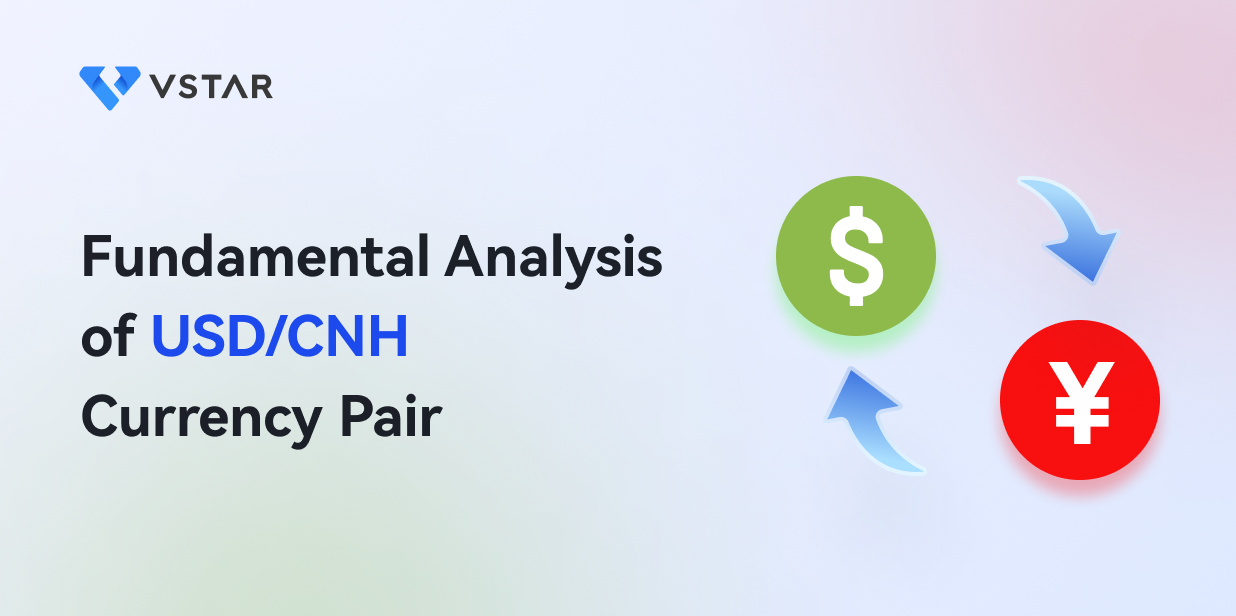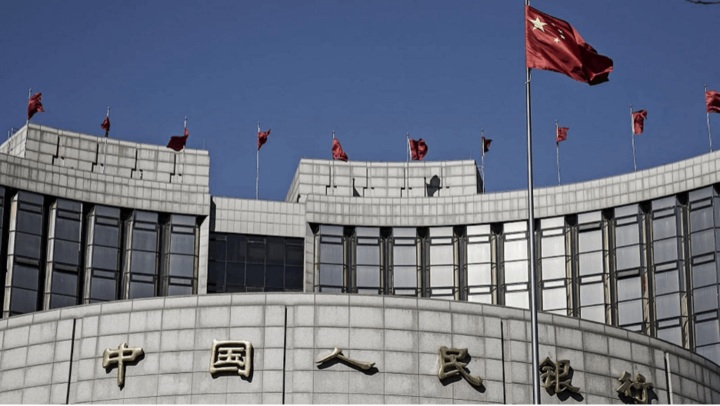The USD/CNH currency pair is the exchange rate between the US dollar and the Chinese yuan. As one of the world's largest economies, China plays a significant role in global trade and finance. The value of the Chinese yuan is closely linked to China's economic performance and policies, making it an attractive currency for traders worldwide. The Chinese yuan, also known as the renminbi, is the official currency of China. It is currently the 8th most traded currency in the world and is used not only in mainland China but also in Hong Kong, Macau, and Taiwan.
One of the critical factors in analyzing the USD/CNH currency pair is the Chinese yuan. China's government sets the yuan's value each day and controls its movements through its central bank. The People's Bank of China has a long-standing policy of keeping the yuan's value relatively stable against a basket of other currencies, including the US dollar. However, the Chinese government's policies can also affect the yuan's value, such as its trade policies or the level of foreign investment allowed in China.
Hence, to conduct a thorough fundamental analysis of the USD/CNH currency pair, you must consider a range of economic indicators and government policies. Some of the essential indicators include China's GDP growth, inflation, interest rates, trade balance, and political stability. You should also monitor geopolitical events, such as trade negotiations or tensions between the US and China, as these can significantly affect the currency pair's value.
This approach focuses on evaluating economic, financial, and other qualitative and quantitative factors that affect the value of the currency. In this article, we will provide you with a brief overview of the USD/CNH currency pair, explain the importance of fundamental analysis, and discuss the Chinese yuan.
Macroeconomic Overview - United States
The United States is the largest economy in the world and plays a significant role in the global financial markets. The country's economic indicators, such as GDP, unemployment rate, and inflation rates, significantly impact the US dollar's value.
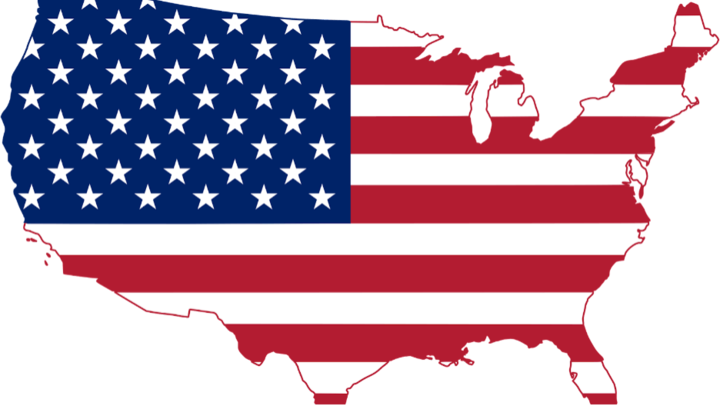
A. Economic Indicators Review
The US economy is the largest in the world and significantly impacts global financial markets. In 2020, the US economy contracted by 3.5% due to the COVID-19 pandemic. However, the country has since bounced back and is expected to grow by 6.2% in 2021 and 4.4% in 2022, according to the International Monetary Fund (IMF).
The US GDP is a crucial indicator of the country's economic health. In 2020, the GDP contracted by 3.5%, but it is expected to rebound and grow by 6.2% in 2021 and 4.4% in 2022. The unemployment rate in the US was 3.5% in 2019, but it spiked to 14.8% in April 2020 due to the pandemic. As of March 2022, the unemployment rate stands at 4.6%.
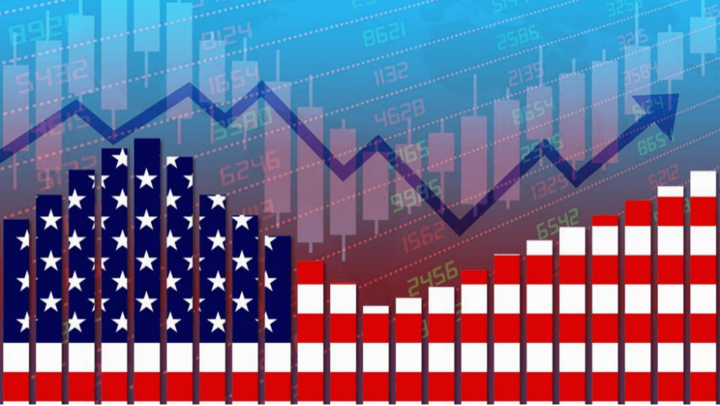
Inflation is an essential economic indicator that measures the rate of price increases for goods and services. In the US, the inflation rate spiked to 7% in December 2021, the highest level in four decades. However, the Federal Reserve expects inflation to moderate in 2022 and 2023, targeting an average inflation rate of 2%.
Business and consumer confidence are essential indicators of economic growth. In the US, business confidence is strong, with the National Federation of Independent Business's optimism index reaching a record high in November 2021. On the other hand, consumer confidence has been affected by the COVID-19 pandemic, but it is recovering as vaccination rates increase.
B. Monetary Policy
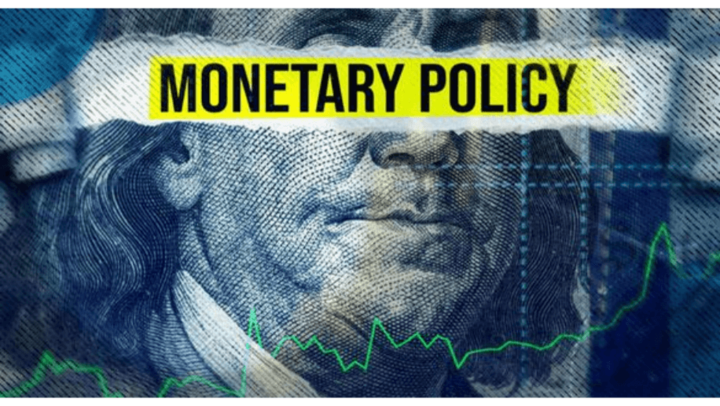
The Federal Reserve's monetary policy significantly impacts the USD/CNH currency pair. The Federal Reserve has been pursuing an accommodative monetary policy, keeping interest rates near zero and buying billions of dollars in bonds every month. This policy is designed to support the economy and boost employment levels.
Market expectations for interest rates are essential to the USD/CNH currency pair. In 2022, the Federal Reserve is expected to raise interest rates to combat rising inflation.
C. Political Climate

The US government's economic policies and relationship with China also impact the USD/CNH currency pair.
The Biden administration has proposed significant economic policies, including infrastructure spending and social programs. These policies could impact the US economy and, in turn, the USD/CNH currency pair.
The relationship between the US and China has been strained in recent years due to trade disputes and political tensions. Any developments in the relationship could impact the USD/CNH currency pair.
Macroeconomic Overview - China
China's economy has shown resilience in recent years, despite the impact of the COVID-19 pandemic and global trade disputes. The government's economic policies and the People's Bank of China's monetary policy have supported economic growth, while inflation rates have gradually increased. The country's business and consumer confidence indices have also been steadily increasing, indicating a positive outlook for China's economy.
A. Economic Indicators Review
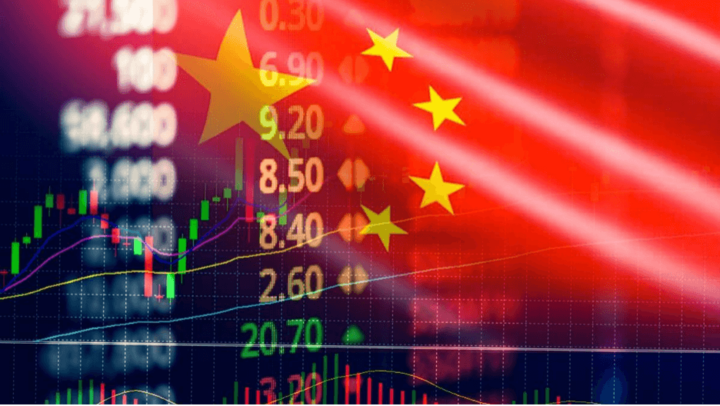
China's GDP growth rate in 2020 was 2.3%, despite the pandemic's impact on the global economy. The unemployment rate was 5.2% in 2020, which is slightly higher than the previous year's rate of 5.1%. In 2022, the GDP growth rate increased to 5.1%, while the unemployment rate remained relatively stable at 5.0%.
Inflation rates in China have been increasing gradually in recent years. In 2020, the inflation rate was 2.5%. However, it increased to 3.9% in 2022 and is expected to remain at this level in 2023.
China's business and consumer confidence indices have been steadily increasing since 2020. In 2022, the business confidence index was 54.9, while the consumer confidence index was 122.8.
B. Monetary Policy
The People's Bank of China has been implementing a prudent monetary policy that is flexible and targeted to support economic growth. In 2020, the bank implemented several measures to support the economy, including reducing interest rates and increasing lending to small and medium-sized enterprises. In 2022, the bank continued implementing a prudent monetary policy, focusing on maintaining stability in the financial sector while supporting economic growth.
On the other hand, Interest rates in China have been gradually decreasing in recent years, which is expected to continue in 2023. The People's Bank of China is likely to continue implementing measures to support economic growth, including further interest rate reductions.
C. Political Climate

Global trade disputes in recent years have impacted China's economy, particularly with the United States. In 2020, the COVID-19 pandemic also significantly impacted the global economy, including China's. However, in 2022 and 2023, China's economy has shown resilience, and trade disputes have not had as significant an impact on the country's economic growth.
Moreover, the Chinese government has been implementing several economic policies to support growth in recent years, including increased investment in infrastructure, technology, and education. These policies have supported China's economic growth and will likely continue in the coming years.
Analysis of the USD/CNH Currency Pair

The USD/CNH currency pair is one of the most closely watched exchange rates globally, given the economic powerhouses that the US and China represent. The exchange rate between the two countries' currencies is influenced by various economic indicators, including GDP growth, inflation rates, and interest rates.
A. Relevant Economic Indicators
The correlation between the US and Chinese economies is crucial in determining the exchange rate between the two currencies. As two of the largest economies globally, any significant changes in either economy can significantly impact the other.
In 2020, the COVID-19 pandemic caused a significant slowdown in economic growth in both countries, leading to a decline in the exchange rate of the USD/CNH currency pair. However, in 2022 and 2023, both economies have shown signs of recovery, with GDP growth rates trending upwards, indicating a potential strengthening of the exchange rate.

GDP growth, inflation rates, and interest rates also impact the USD/CNH currency pair. In 2020, both countries implemented various monetary and fiscal policies to address the economic fallout from the pandemic. The US Federal Reserve slashed interest rates to near-zero levels, while China's central bank, the People's Bank of China, implemented a more targeted stimulus approach.
However, in 2022 and 2023, the US has gradually begun to raise interest rates, indicating a potential strengthening of the USD/CNH currency pair.
B. Factors Supporting a Bullish or Bearish Stance

Several factors can support a bullish or bearish stance on the USD/CNH currency pair. US-China trade tensions, which escalated during the Trump administration, have significantly impacted the exchange rate, with a more bullish stance taken when tensions ease.
Similarly, the interest rate policies of the Federal Reserve and the People's Bank of China can also impact the exchange rate, with higher interest rates supporting a more bullish outlook.
C. Potential Risks to the Currency Pair

Several potential risks could impact the USD/CNH currency pair. As demonstrated by the previous US-China trade tensions, sudden changes in global trade policies could have a significant impact. Unexpected changes in US or Chinese monetary policies could also lead to volatility in the exchange rate, and political tensions between the two countries could exacerbate any economic impacts.
Trading Strategies for USD/CNH
You can use several trading strategies to profit from market movements potentially. This article will discuss three popular strategies: technical analysis, risk management, and news trading.
We'll also introduce you to VSTAR, a trading platform that can help you implement these strategies.

A. Technical Analysis
Technical analysis is a popular approach to trading that involves using charts and indicators to identify trends and patterns in price movements.
Some commonly used indicators for USD/CNH include moving averages and the relative strength index (RSI). Moving averages help traders identify the direction of the trend, while the RSI can help identify overbought or oversold conditions. These tools allow traders to make informed decisions about when to enter or exit trades.
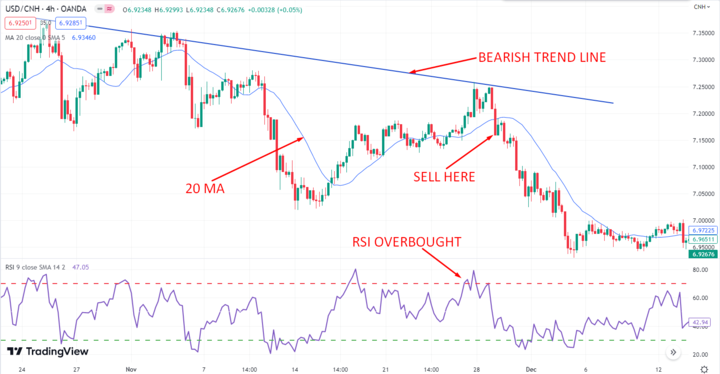
The ideal trading approach is to look for long trades once the price is below the Moving Average and RSI is at the 30.00 level. Conversely, a short opportunity is presence if the RSI reaches above the 70.00 area.
B. Risk Management
Taking trades based on technical analysis is not the ultimate quality traders should have. Risk management is an essential aspect of trading that involves managing your exposure to potential losses. Setting stop-loss and take-profit levels can help you limit your losses and maximize your gains.

Stop-loss orders automatically close a trade if the price moves against you, while take-profit orders close a trade when the price reaches a predetermined profit target. Determining your position size based on your risk tolerance can also help you manage your risk.
C. News Trading
News trading involves following economic events and data releases and trading based on market reactions to the news. Some significant economic indicators to watch for USD/CNH include GDP, inflation, and trade balance data. By staying up-to-date with the latest news and understanding how the market will likely react, traders can make informed trading decisions.

In 2020, USD/CNH experienced significant volatility due to the COVID-19 pandemic's impact on the global economy. The currency pair has since stabilized, but ongoing tensions between the US and China over trade and other issues could continue to affect its value.
In 2022, the US Federal Reserve's decision to raise interest rates could also impact USD/CNH trading. In 2023, traders will watch for any significant economic developments that could impact the currency pair's value.
To implement these strategies, you should use a trustworthy and regulated platform like VSTAR that provides access to a range of trading tools and resources. With VSTAR, you can analyze price movements, manage your risk, and stay up-to-date with the latest news and events. Whether you're new to trading or an experienced trader, VSTAR can help you achieve your trading goals.
Trading USD/CNH requires a solid understanding of technical analysis, risk management, and news trading. Using VSTAR, you can access the tools and resources you need to implement these strategies and potentially profit from market movements. Whether you're a beginner or an experienced trader, VSTAR can help you achieve your trading goals.
Conclusion
The USD/CNH currency pair has been influenced by various fundamental factors such as economic data releases, geopolitical tensions, and central bank policies. The recent pandemic has also significantly impacted the currency pair, with the US dollar strengthening against the Chinese yuan in 2020 due to safe-haven demand. However, in 2022 and 2023, the Chinese yuan showed resilience and strengthened against the US dollar.
Based on fundamental analysis, the bullish stance on the Chinese yuan will likely continue due to China's strong economic growth and efforts to internationalize the yuan. When trading the USD/CNH currency pair, it is important to use technical analysis and risk management strategies and stay up-to-date with economic events and news releases that could affect the currency pair. With VSTAR, you can trade the USD/CNH currency pair and access various tools and resources to help you make informed trading decisions.
